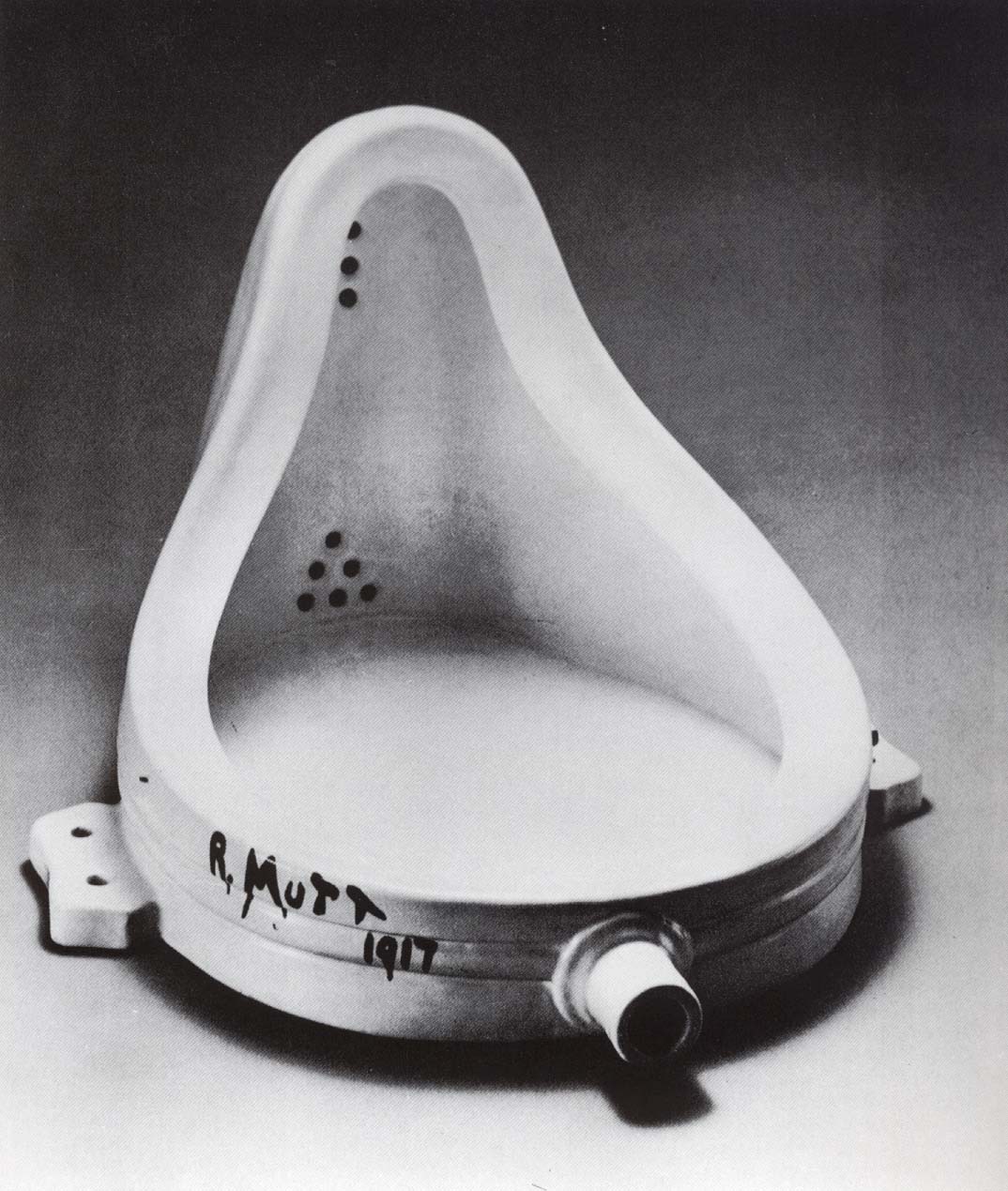Above photo: “The Fountain,” one of Duchamp’s most well-known pieces, is displayed in the Dali Museum’s latest exhibit, Dali/Duchamp. Courtesy of Wikimedia Commons.
By Anna Bryson
St. Petersburg loves to love Salvador Dali, and the Dali Museum’s new exhibit gives us a deeper look into his personality by pairing him with his polar opposite.
Dali/Duchamp juxtaposes two of the 20th century’s most famous artists and highlights how narcissistic and attention-seeking our beloved Dali was in contrast with the elegant and reserved Marcel Duchamp.
The works of Dali and Duchamp, a very unusual couple in art history, are organized as a dialogue that attempts to highlight their shared vision.
Dali/Duchamp features over 50 works, including Dalí’s paintings and sculptures, the duo’s collaborations, and Duchamp’s “readymades,” which are ordinary objects that he modified in some way, creating what he called art.
Duchamp’s “readymades” flipped the art world on its head, introducing the idea that art is anything an artist says is art.
One of Duchamp’s readymades displayed is “Bicycle Wheel,” a bicycle wheel on top of a stool. Both of the objects have practical uses, but when put together, cannot function. And that is art, according to Duchamp.
Both artists challenge views of art and pose the boundless question: What should art be?
Coal sacks hang from the ceiling above visitors when they first enter the gallery. The first work to catch their eye is a giant photograph of mannequins created by Dali and Duchamp. The scene is a partial recreation of the artists’ 1938 collaborative exhibition of International Surrealism in Paris.
In the 1938 exhibition, the only light used was emitted from charcoal braziers on the floor. Visitors used flashlights to view the art, which testified to the viewer’s active role in art.
Despite the artists’ friendship displayed through photos of them in Catalonia, Dali’s homeland, the interlacing of Dali and Duchamp’s work still seems a bit forced.
Many of the posed comparisons seem to lack a real correlation. Portraits of the artists’ fathers were hung up side by side with biographical information comparing the relationships. The paintings differed stylistically, with the only similarity being they are depicting the artists’ fathers.
The artists also worked in very different mediums: Dali primarily painted pictures while Duchamp focused on objects.
Some of Duchamp’s most famous pieces, including “Fountain” and “Bicycle Wheel” — two of the first readymades brought into the art world — are displayed alongside objects made by both Duchamp and Dali, including Dali’s “Lobster Telephone.”
“Fountain” is an upturned porcelain urinal inscribed with a pseudonym, “R. Mutt 1917.” Duchamp entered “Fountain” in an exhibit in New York that said it accepted all entries, but Duchamp’s was removed. He wrote a protest in The Blindman magazine.
This work begs questions of taste and of what art should be, a persistent theme asked throughout the Dali/Duchamp exhibit.
Though some of the posed comparisons seem far-fetched, there is no denying that both artists continuously question the very definition of their craft, and often do so while carrying overtly sexual imagery.
Organized by the collaboration of The Dali Museum and the Royal Academy of Arts in London, Dali/Duchamp is the first major exhibit to display the two drastically different artists together.
First shown at the Royal Academy of Arts in London last fall, the St Petersburg Dali Museum display will be the only showing in the U.S.
The exhibit is available daily from 10 a.m. to 5 p.m. until May 27, 2018, with extended hours until 8 p.m. on Thursdays. Admission is free for USF St. Petersburg students with student ID.



